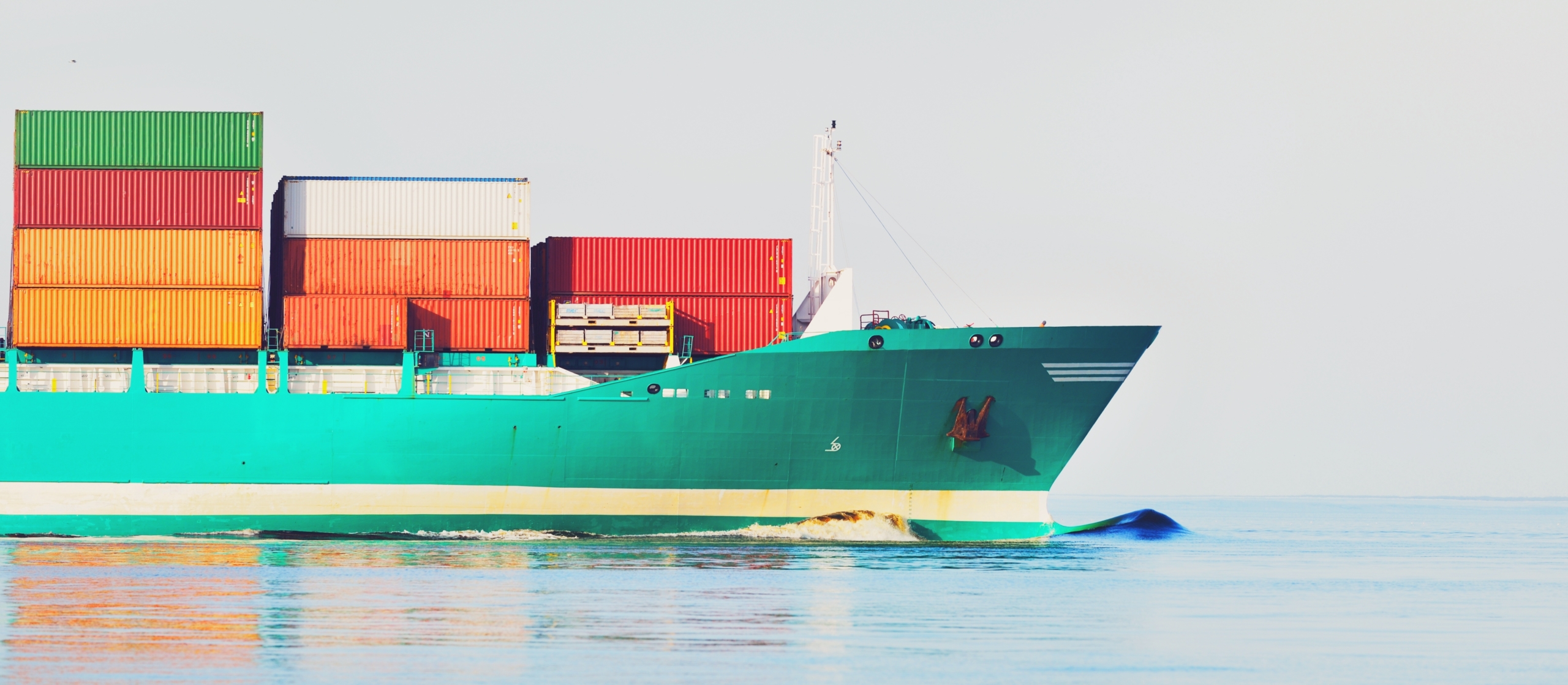A Happy New Year? You Never Know

Shipping markets are like a box of chocolates. You never know what you are going to get. You might end up with toothache or get a massive sugar rush but either way, there is plenty to keep traders and investors engaged. 2022 promises to be no different.
After a terrible 2021, tankers could finally see better markets but much depends on how strongly oil demand recovers and how well the market can absorb the influx of new tonnage according to Jefferies analyst Randy Giveans.
Giveans told Tradewinds the bank definitely sees a better rate environment in 2022 though this not a hard sell given that 2021 was the worst year in decades. Making this call is not a hard one.
The Baltic Exchange Dirty Tanker Index was far below the sanctions-fuelled rally in the autumn of 2019, the oil price war in the spring of 2020 and was well below previous years in 2021.
The analyst’s optimism stems from the expectation that demand will improve in the coming year, enjoying a boost from dwindling stocks that will force importing countries to bring in more oil and replace the inventory they have drawn down.
He added that scrapping of older tonnage could be a boost too. That will be needed since Gibsons Shipbrokers research director Richard Matthews points out that there is a glut of new deliveries on the way.
Last year saw more deliveries than expected and lower scrapping, despite high steel prices and a weak market. This year the highest number of VLCCs and Suezmaxes will join the fleet since 2017.
Dry bulk carriers were the star performers in 2021 with earnings rocketing on tight supply and strong demand and there is cautious optimism that bulker markets will see another positive year in 2022, but analysts say the market could be riskier this year.
Fleet supply is expected to remain low, but demand will also see muted growth this year. That makes for a volatile and risky commercial environment. Broker Clarksons expects that annual trade volumes will continue to grow this year and, yet again, minor-bulk cargoes will lead the charge.
However, analysis by Maritime Strategies International (MSI) contradicts the notion that low fleet supply will keep freight markets well supported in 2022. During the final quarter of last year, MSI slashed its forecast for forecast incremental cargo growth in 2022 by more than half to 102m tonnes. It made its previous estimate of 235m tonnes just three months earlier.
Whether cash-rich owners choose to spend their money in the shipyards of the Far East is a critical issue and broker Affinity told Tradewinds the newbuilding market kicks off in a very different place to 12 months ago with tight capacity at yards, particularly for larger ships where orderbooks at some are full for almost the next three years.
The newbuilding team believes some dry cargo market profits from 2021 could find their way into bulker newbuildings as part of fleet renewal programmes, growth and speculation.
The brokerage expects 2022 to be a busy and competitive year with activity from all the conventional sectors conspiring to keep capacity tight and prices firm, though in terms of volume, contracting will be lower and more focused on smaller sizes, with only moderate price rises.
For the container market the question remains how long the boom times will last and many analysts foresee no meaningful downward movement in freight and charter markets before the end of Q1 at the earliest.
Container analysts spent last year pondering how choked the global supply chain could become and how long the disruption would last. Key to finding the answer is the situation in the US, where consumer demand remains robust and port productivity bewilderingly low.
Analysts at MSI believe that the problems will be resolved this year – to some extent anyway. Impairments to vessel productivity – port delays and vessel queues – will be lower on average in 2022 compared to 2021 and further improvement will follow in 2023.
Part of the reason for a tight capacity at shipyards is a flood of hulls that will become a torrent of new containerships from the middle of 2023 onwards, placing much stronger pressure on market balances. At that point both freight and timecharter rates will fall to a level much closer to pre-pandemic levels than today’s.
Until then it seems, shippers, forwarders and by extension consumers, will continue to dance to the carriers’ tune.
While things could be better, spare a thought for the cruise sector, where things could hardly be worse. Some 20 million passengers were expected to take cruise during 2022, but the sector remains at the mercy of government measures to combat the pandemic and also of fluctuating public opinion about safety.
The net revenue losses experienced by the cruise industry during the last two years exceed the net aggregated revenue gains over the preceding five-year period, meaning that to put it mildly, sector profitability is likely to remain under pressure for some time to come


